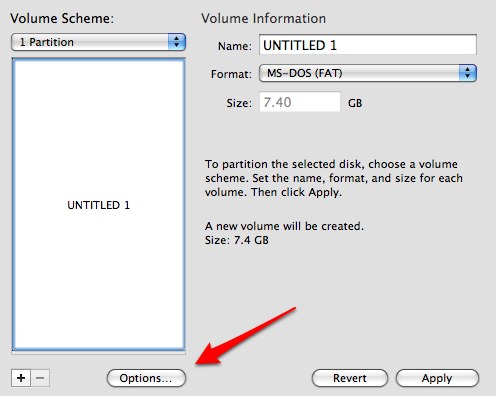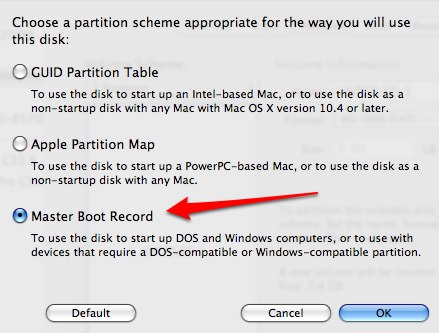-
Filed for future reference: lots of front-end ways of clamping text that aren't just 'use javascript' and webkit-clamp.
-
Oh, nice; I'm always adding #format_date and #format_time methods to my formatting_helper.rb striaght off the bat, so it's nice to know there are built-ins – although I'm not keen on just overriding defaults, if only so other programmers don't get lost working out why the defaults aren't the same.
-
"If there is a bigger Splinter Cell fan than myself, I haven't yet met them; but in their zeal to promote the newest iteration, Ubisoft has caused Sam Fisher to tweet. And I don't mean they've made him chirp, which would be preferable. They've given him a Twitter account where he tweets in a supremely earnest way about how tormented his shit is.<br />
<br />
*No.*" Oh dear. -
"A team of scientists has succeeded in putting an object large enough to be visible to the naked eye into a mixed quantum state of moving and not moving." Oh boy. That's quite a thing (and: quite a sentence!)
-
"I've been using Copy with Style command, which I took from this blog post. It copies text selection as RTF so when the code is pasted into Keynote, it looks exactly the same as it looked in TextMate, including font style, size and colors. Code can be then modified in Keynote, while the style is preserved." Useful!
Formatting portable media to FAT on OSX
17 May 2009
Formatting media to FAT16/32 is something you often need to do – usually for storage media such as USB or Micro-SD that’s going to be used with embedded systems, such as MP3 players or homebrew cartirdges. All theese systems tend to assume you’re running a DOS file system.
As a Mac owner, that means you’re going to use Disk Utility to format your removable media. This isn’t so hard: you simply pick the “FAT” option from the format type in Disk Utility, right?

Almost. It turns out that most of the time, that’s not enough; that just specifies the way the partition is formatted. You’ve also got to make sure the way the partitions are described is set up correctly. And it turns out that, by default, Disk Utility likes to put FAT partitions into Apple-style boot records. That’s no good at all!
Lots of embedded devices don’t just expect FAT, they expect FAT on top of a traditional windows Master Boot Record. Once you combine the two, you’re more likely to have success. To do that, simply find the “options” dialogue in Disk Utility:

and then make sure you’ve chosen “MBR (Master Boot Record)”:

That’ll give you a Windows/DOS-style partition and partition map. Sorted!
This has taken me far, far, far too long to figure out. Given how long it took, I thought it only fair to share it.
-
"These concepts are not complicated by Cern standards. We are entering a zone which is weaponised to boggle."
-
Simple, straightforward, pretty much correct.
-
Yes, this is going to come in handy.
-
"This javascript function can then read in the current content of the text area, format it using a trimmed down version of textile, and then set the content of a DIV with the resulting HTML. The end result of all this is live comment preview, with textile formatting." Live textile preview functionality.
-
"Trying to over-explain the cause of a disaster often detracts from its more tangible impact. … Instead, Faliszek says, it is more effective to create resonant gameplay experiences that players will remember, particularly if the setting in question, such as a zombie invasion (or a tornado outbreak, for that matter) is already familiar." Why games don't always need tangible villains.
-
A nice approach to doing some of the typical monitoring you'd want to do with Google Analytics, eg monitoring PDF downloads. I'm not totally convinced by some of his syntax, but the functionality is good, and the regex trick is nice.
-
"It's just an Nintendo in a toaster, but I like it."